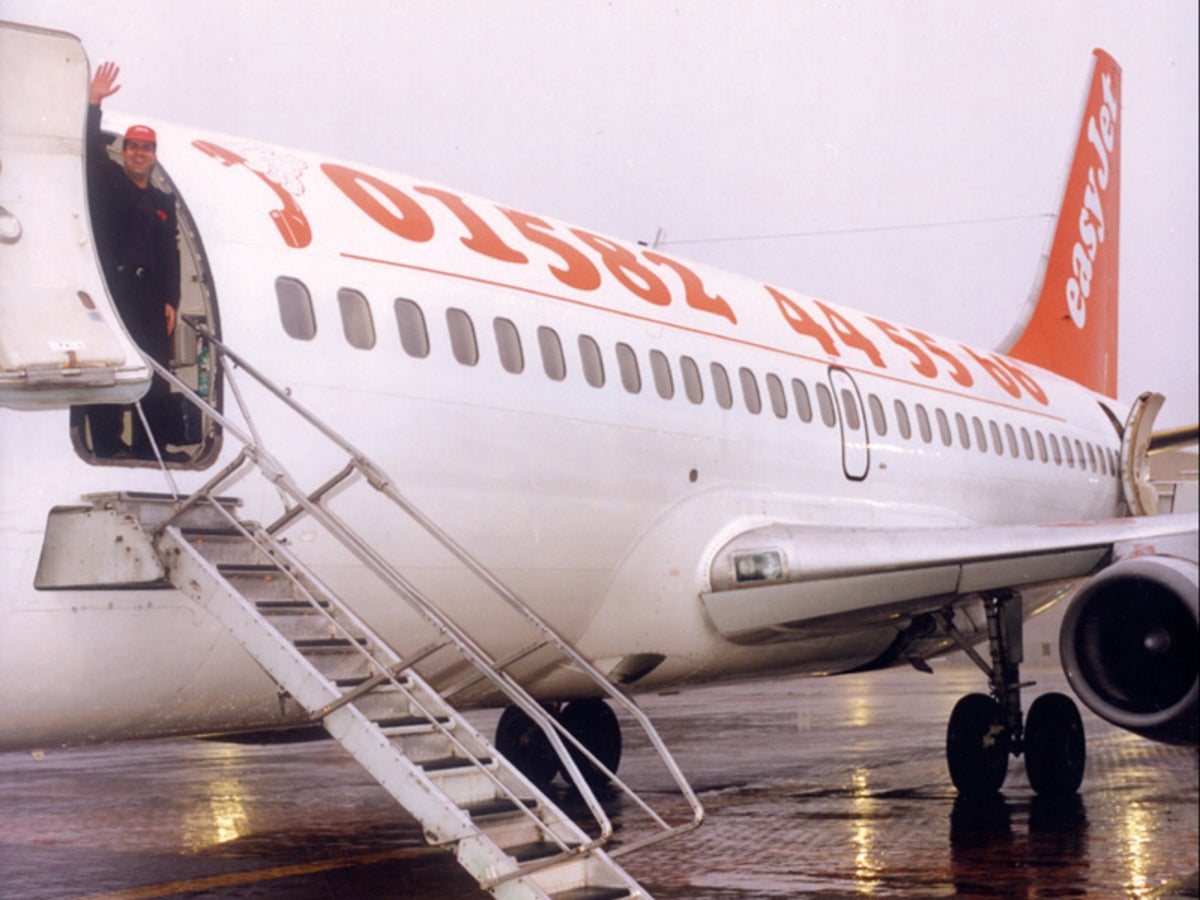How Jimmy Carter cut the cost of your holiday – and widened your horizons

In the White House in 1978.
“This legislation will enable us to achieve two fundamental objectives. One is to support our efforts to combat inflation. And the other is to ensure that American citizens have access to affordable air travel.”
“With this legislation, airlines are able to lower their fares by up to 50 per cent, making air travel accessible to millions of people in the United States who cannot otherwise afford it.”
Until that point, the government had set most of the airfares within the US. Whether you wanted to travel on a pleasant summer's day in August or a drizzly Wednesday in January, and whether you booked months in advance or just minutes beforehand, the ticket cost the same. Price controls led to an inefficient industry that was beyond the financial means of ordinary people.
were flourishing. He thought the remainder of the nation ought to have the same liberty to fly.
Carter encountered strong opposition from the airlines: Delta warned that "the survival of the airline industry could very well be in doubt". Nevertheless, he managed to persuade Congress to pass an act that put "the quality, variety, and price of air services" at the free market's disposal.
All the old rules that restricted routes, timings, and steep fares were put on hold. Any airline that could prove to the Federal Aviation Administration that it was safe was free to fly anywhere within the US at fares of its choosing.
The airlines' predictions of disaster for passengers were proven ridiculous as prices plummeted and new routes were introduced. Southwest Airlines, previously confined to Texas, led the way. The then CEO, Howard Putnam, said to me: "The very first inter-state route we chose was Dallas Love Field to New Orleans, with seven return trips a day. An instant success."
Southwest Airlines' share of the US air travel market has tripled in just five years.
Linked Luton with Waterford, and allowed Virgin Atlantic to fly between Gatwick and Maastricht in the Netherlands. These were hardly flagships routes and operated at a loss, making them unprofitable.
A young accountant named Michael O'Leary was brought in to reinvigorate or close down Ryanair. To develop a masterclass in cost-cutting, he went to the Dallas headquarters of Southwest Airlines and returned with some major ideas; as you may have observed, Ryanair did not cease trading.
Flying a borrowed Boeing 737 from Luton to Glasgow.
“Southwest is my big influence,” he said later. By copying the best practices from the USA's deregulation, easyJet has actually done all right for itself, too.
Flying within Europe is thriving thanks to the absence of strict regulations. It’s in line with a plan proposed by President Carter nearly 50 years ago, which Brussels notes states: “Any airline can fly on any route within the EU, as long as it meets the current EU standards for safety and security.”
Brexit has inflicted harm on British airline passengers, introducing new restrictions and fewer skilled workers from Europe. However, UK travellers still benefit from far greater freedom to travel and lower fares and holiday costs, thanks to deregulation. Also, contrary to concerns that deregulation would increase risks, the two safest airlines in terms of passengers flown without a fatality - Ryanair and easyJet - both have their main bases of operation in the UK.
As a new president prepares to further restrict the free market, note the words of Susan Dudley, director of the George Washington University Regulatory Studies Center: “When British people unlock their smartphones to make an airline reservation, they should take a moment to thank Jimmy Carter, the modest one-term president who implemented innovative deregulation measures, which paved the way for such welfare-enhancing advancements.” And so should British travellers.
.

Post a Comment